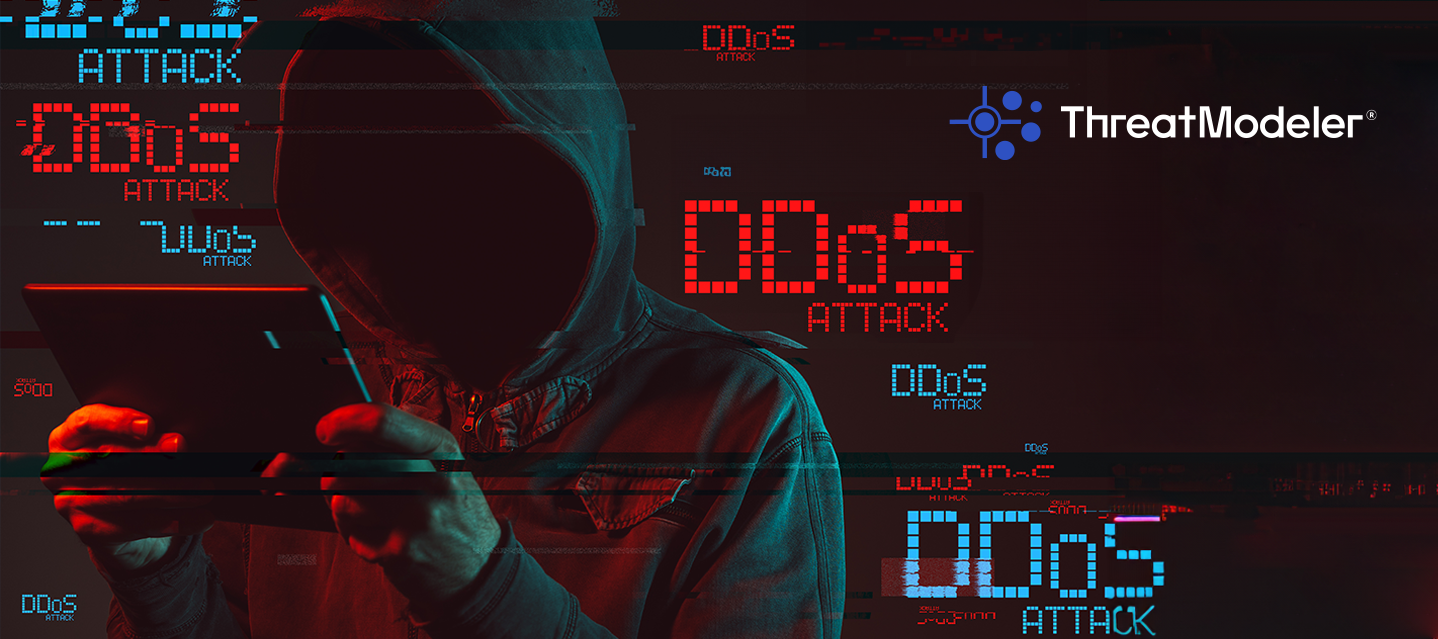The significant surge in DDoS attacks poses a serious threat to various industries and critical infrastructure, including healthcare, financial institutions, government agencies, telecommunications, transportation, and more. Cybercriminals are using increasingly sophisticated tactics, such as multi-vector attacks and the use of virtual private server (VPS) botnets, to target essential services and overwhelm their targets.
The shift towards politically motivated attacks on the financial sector and government services indicates a growing trend of cyber threats impacting the stability of critical infrastructure and public services. The rise in DDoS attacks also has potential economic consequences, reputation damage, and data breach risks for affected organizations.
Implications of DDos attacks
Service Disruptions
DDoS attacks can cause severe disruptions to essential services, affecting public access to healthcare, financial transactions, and government services, leading to potential public safety risks.
Financial Losses
Downtime and service disruptions resulting from DDoS attacks can lead to significant financial losses for businesses and institutions, impacting their revenue and long-term sustainability.
Reputation Damage
Successful DDoS attacks can tarnish the reputation of affected organizations, eroding trust among customers, investors, and stakeholders, which may be difficult to regain.
Data Breach Risks
DDoS attacks may be used as a smokescreen for other cyber-attacks, leading to potential data breaches and the exposure of sensitive information.
Regulatory Compliance
Critical sectors, like healthcare and finance, face strict regulatory requirements. DDoS attacks on these industries may lead to legal and regulatory repercussions due to potential non-compliance with data protection laws.
Economic Impact
Disruptions to communication networks, transportation, and financial systems can have broader economic implications at regional and national levels, affecting business continuity and supply chains.
Geopolitical Tensions
DDoS attacks, especially those with political motivations, can exacerbate geopolitical tensions and escalate cyber conflicts between nations.
Threat Modeling: Addressing the Escalating DDoS Attack Trend
Risk Identification
Conduct comprehensive threat modeling to identify potential vulnerabilities and attack vectors in critical infrastructure and services.
Prioritization of Defense Measures
Determine the most critical risks and prioritize the implementation of DDoS protection measures to safeguard essential services and sensitive data.
Incident Response Planning
Develop effective incident response plans to quickly detect, contain, and mitigate DDoS attacks, minimizing downtime and disruptions.
Collaboration and Information Sharing
Foster collaboration among industry peers, governments, and cybersecurity experts to share threat intelligence and best practices in countering DDoS attacks.
Continuous Adaptation
Continuously assess and update defense strategies based on the evolving threat landscape to stay ahead of cybercriminals.
By adopting threat modeling as a proactive approach, organizations can enhance their cybersecurity defenses, protect critical infrastructure, and ensure uninterrupted service delivery to customers and users amid the rising threat of DDoS attacks.
Protect your business from DDoS attacks with ThreatModeler: Take action now!


